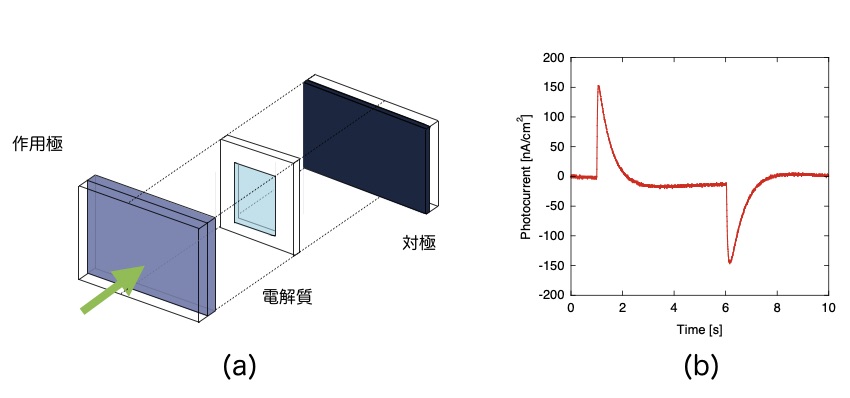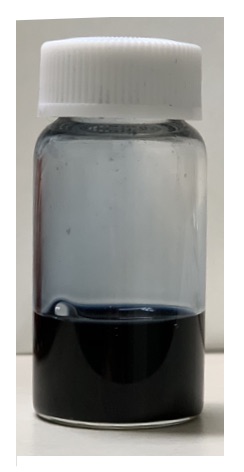Photodetectors using conductive polymer electrods
Indium tin oxide (ITO), which has high conductivity and transparency, is widely used for transparent electrodes of liquid crystal displays and solar cells. Because of high cost and limited supply of indium, lack of flexibility of ITO layers, and requiring vacuum for layer deposition, alternative materials are investigated. Conductive polymers are more flexible, less expensive and more environmentally friendly in processing and manufacture. In particular, poly (3,4-ethylenedioxythiophene): poly (styrene sulfonic acid)(PEDOT:PSS) is an excellent polymer with high conductivity, surface smoothness, flexibility by adding a polar organic solvent to an aqueous dispersion (Fig.1).
On the other hand, the inkjet printing method is flexible and versatile, and is well suited for low-viscosity, soluble materials like conductive polymar. When PEDOT: PSS is used as the ink for the material printer (Fig. 2), large-area electrodes and circuit patterns can be easily printed (Fig. 3).
In this research, we fabricate environment-friendly and low cost all-organic photodetectors using PEDOT: PSS electrodes (Fig. 4).

Fig.4 All organic photodetector.(a) Cell structure.(b) Photocurrent profile.

Fig.1 PEDOT : PSS suspension.

Fig,2 Material Printer.

Fig.3 Printed circuit pattern with PEDOT : PSS.